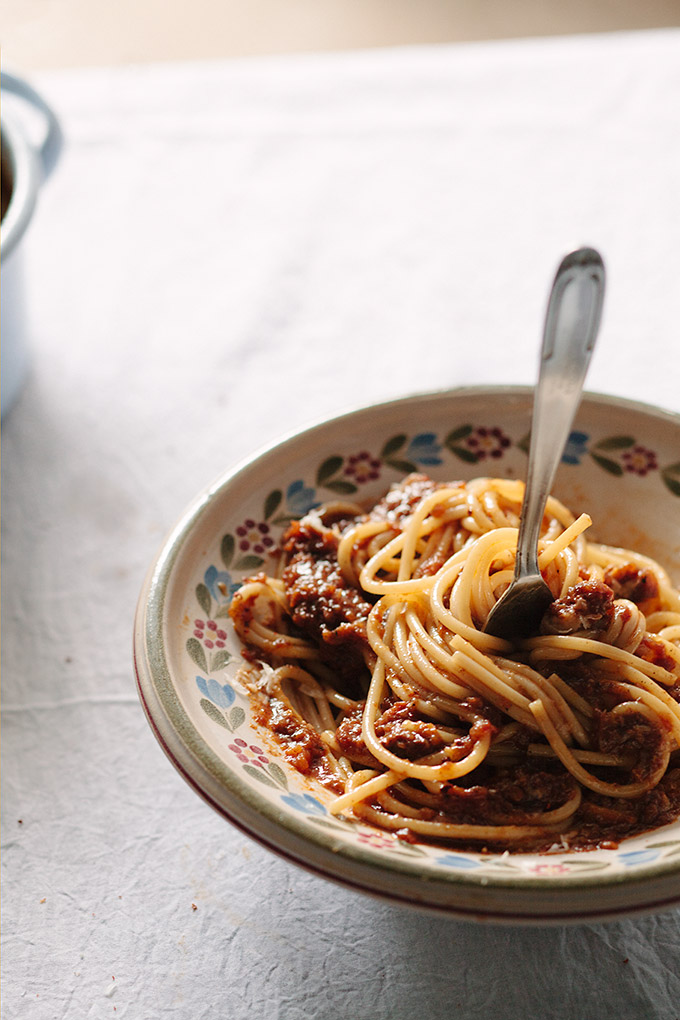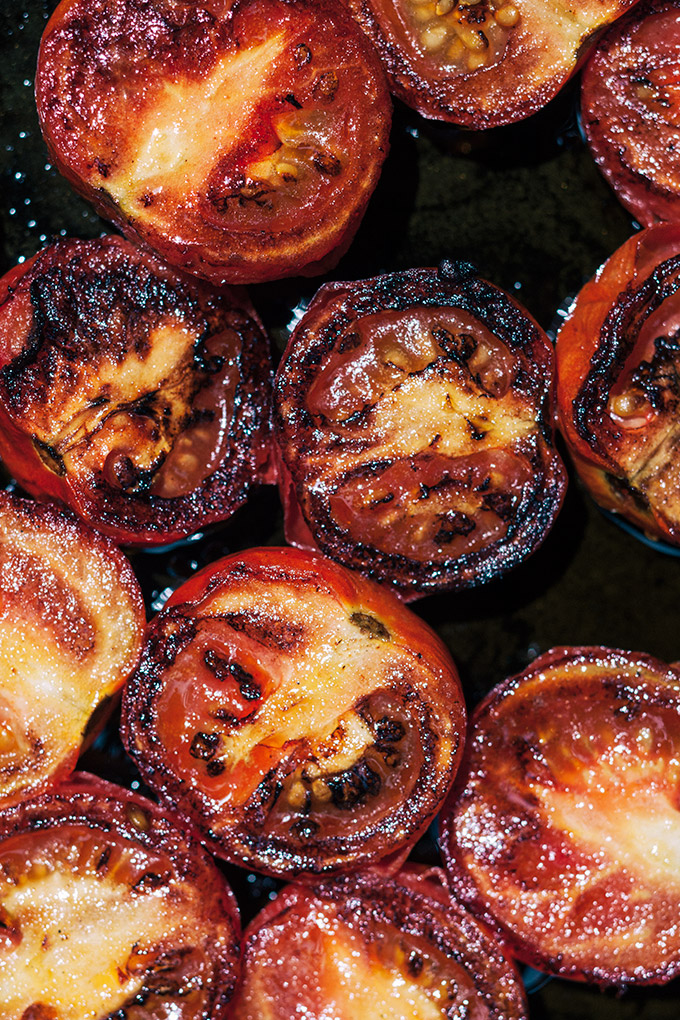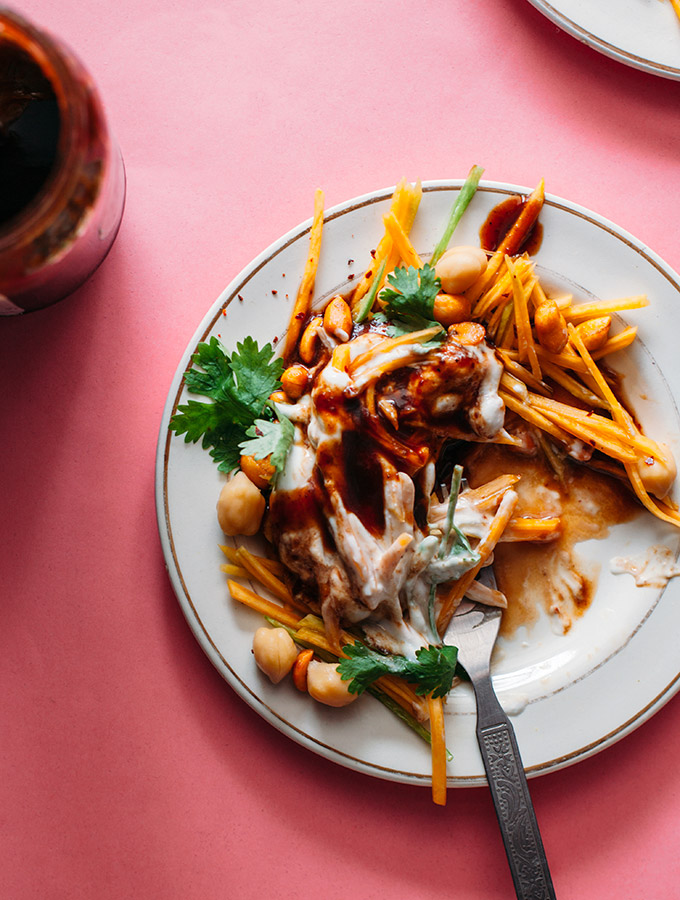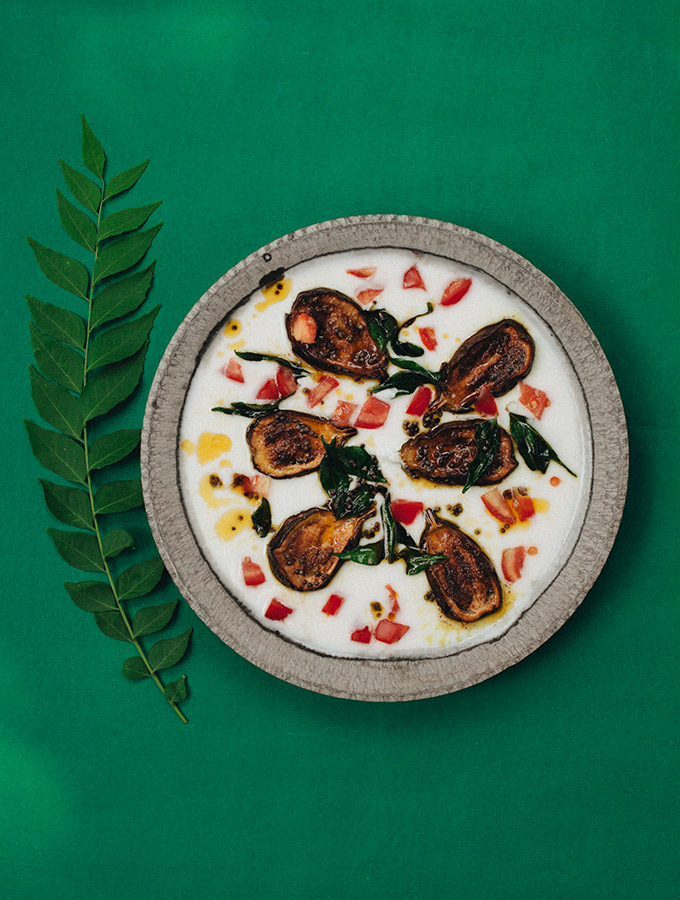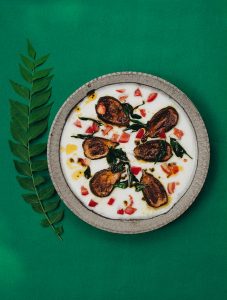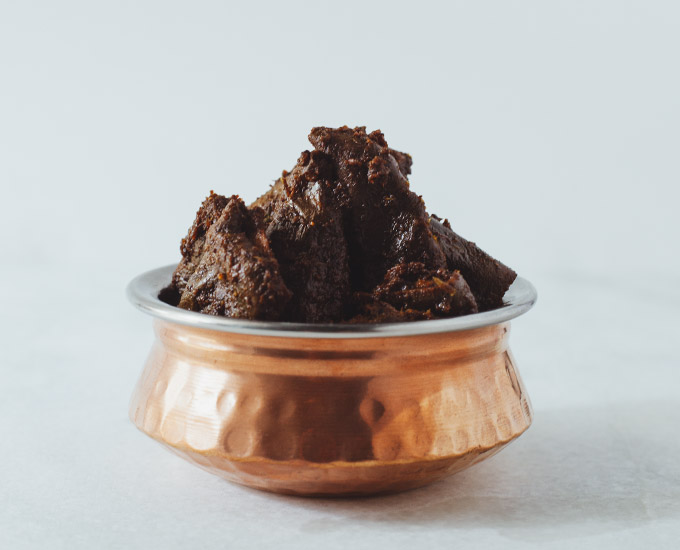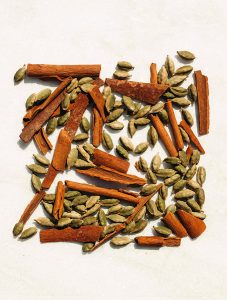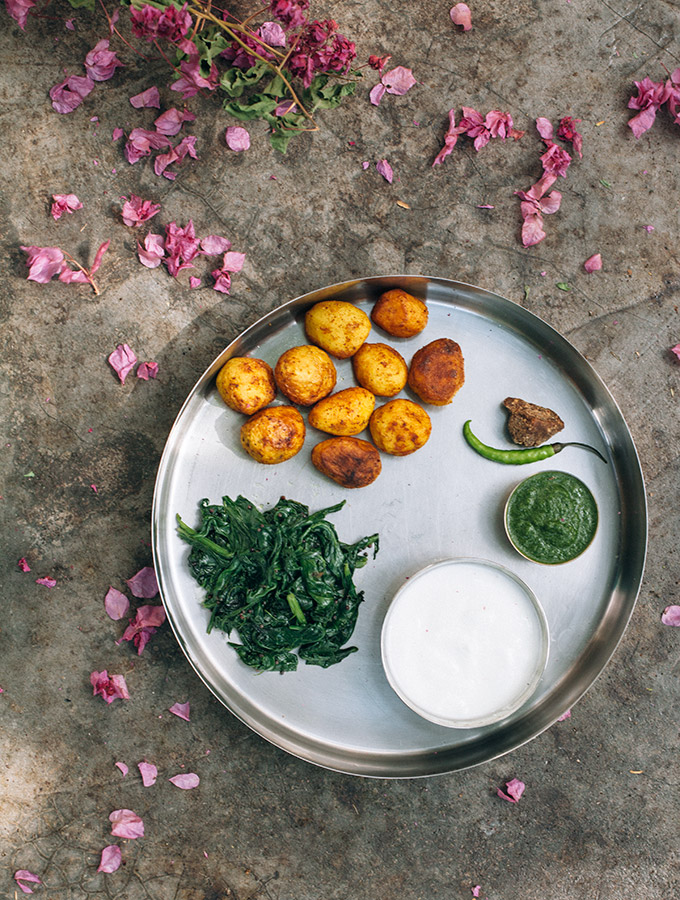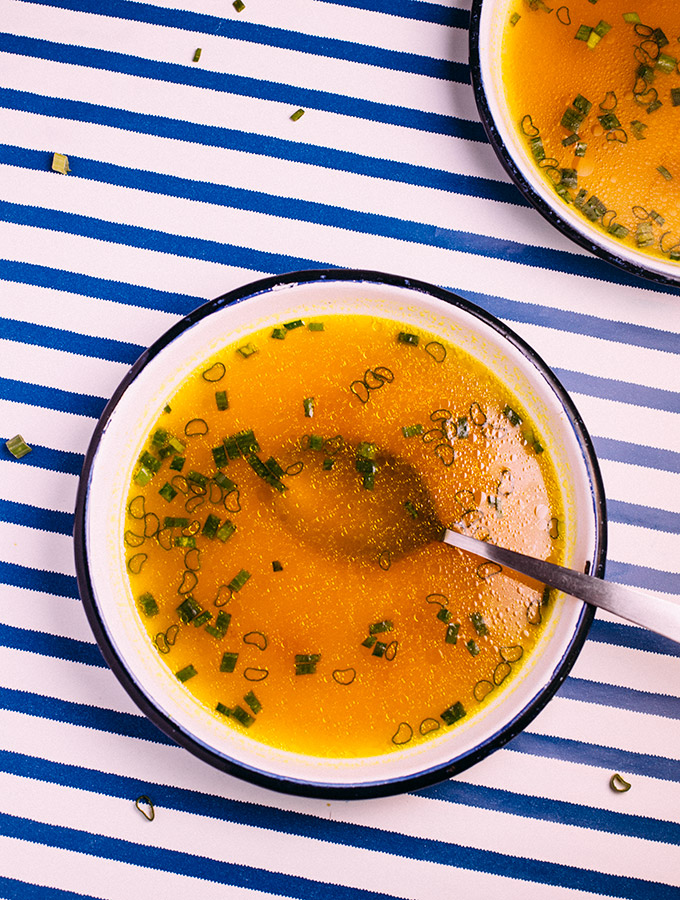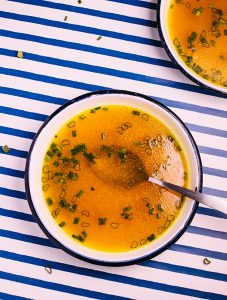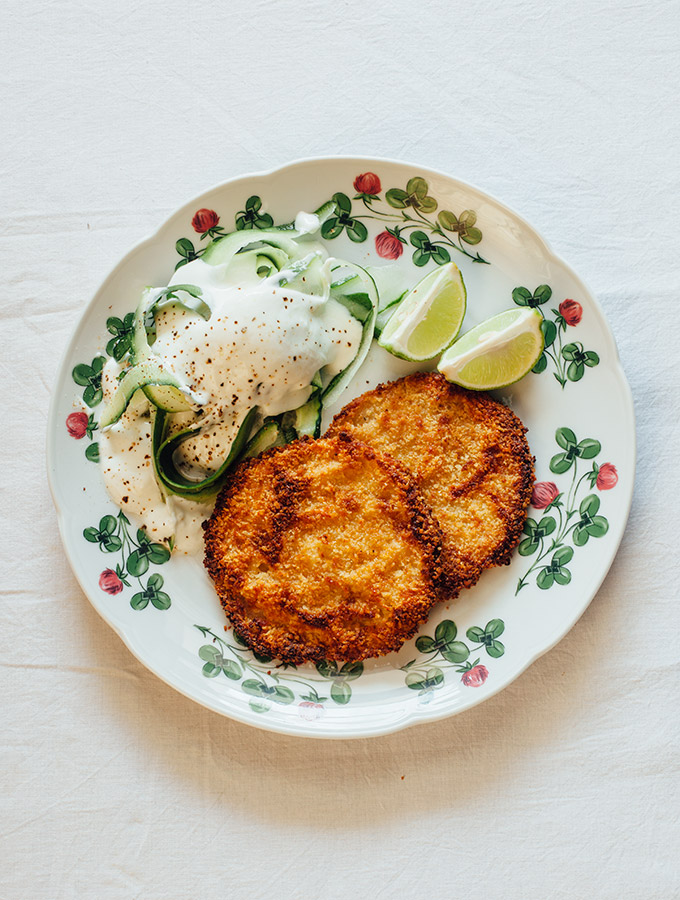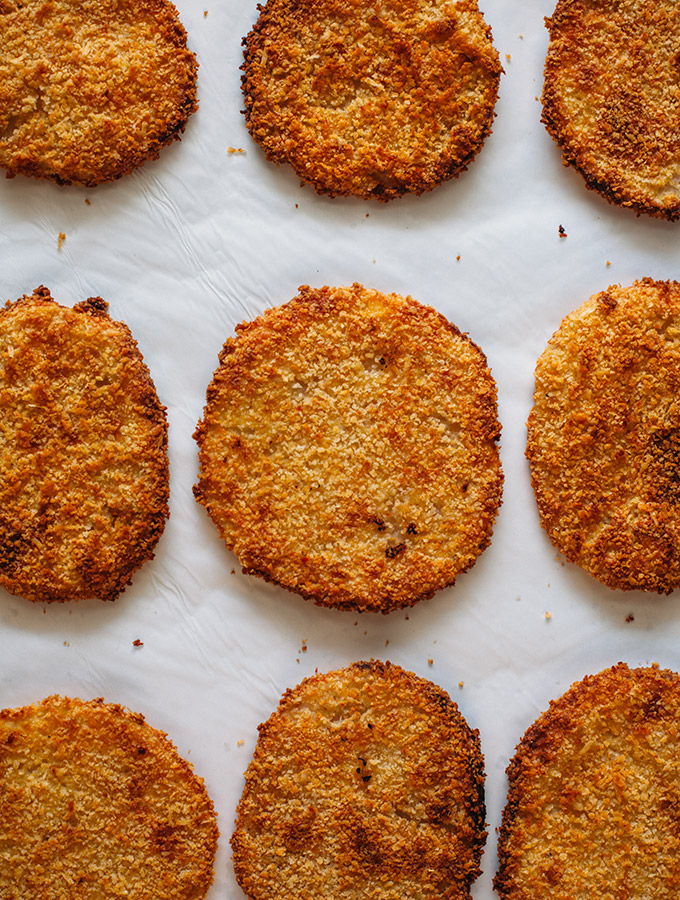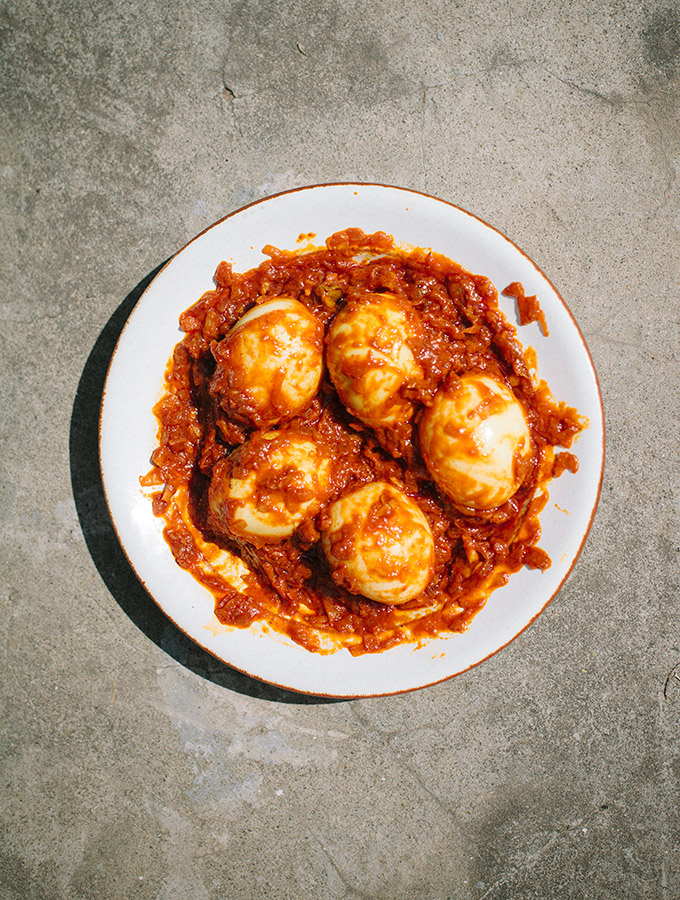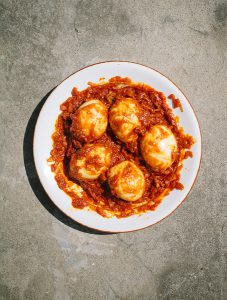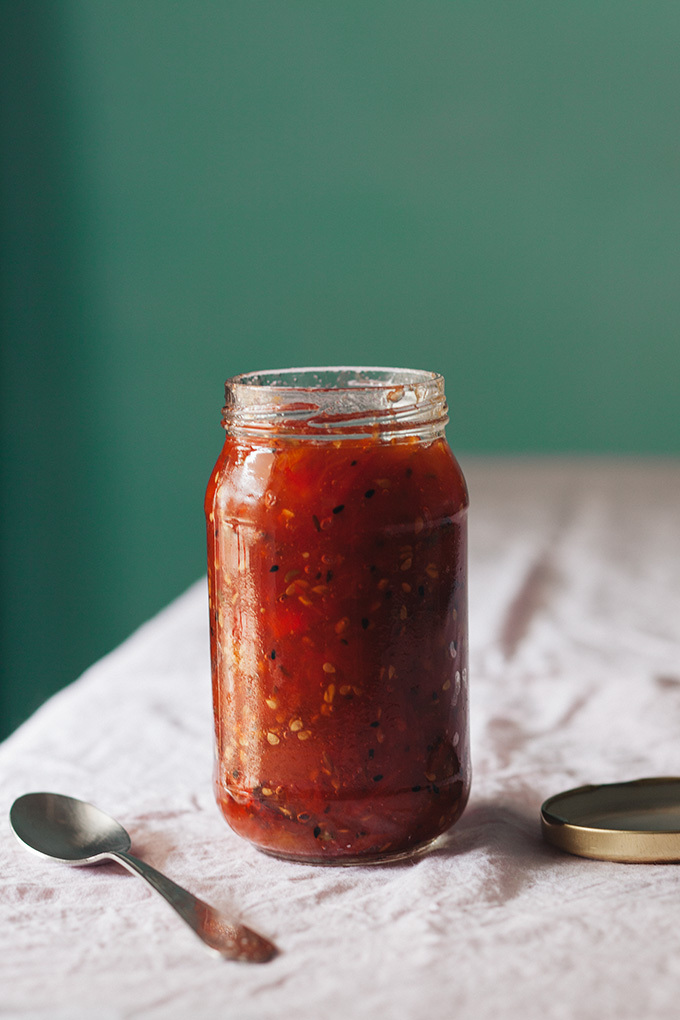 In West Bengal (the eastern Indian state where my husband is from) lunch is not something thrown together spontaneously, it has a particular order and choreography of dishes and flavours, always centered around a big plate of rice.
In West Bengal (the eastern Indian state where my husband is from) lunch is not something thrown together spontaneously, it has a particular order and choreography of dishes and flavours, always centered around a big plate of rice.
There is no Bengali meal which consists only of a single dish, there is always a variety of dishes served, although the amount of dishes cooked is getting less with each generation. One of the most unique features is that the different dishes are never eaten together. Each is served in it’s own right, so that the subtle flavours of Bengali cooking don’t get mixed up. My mother-in-law always eats last as she is so busy handing us one dish after the other (this always annoys the feminist in me, but I think she really doesn’t mind).
A traditional meal should always start with something bitter to increase your appetite and activate your digestive system (mostly in the form of bitter melon or neem leaves). After that you have something fried, dal, one or several vegetable dishes and then comes the fish or meat. The finishing touch of the meal is always something sweet. Although in West Bengal this doesn’t mean dessert but mostly a dollop of sweet spicy chutney which you gracefully lick with your fingers from the plate (there could also be yogurt or mishti doi with it). After that you are full, happy and if it’s a weekend you retreat to a good afternoon nap.
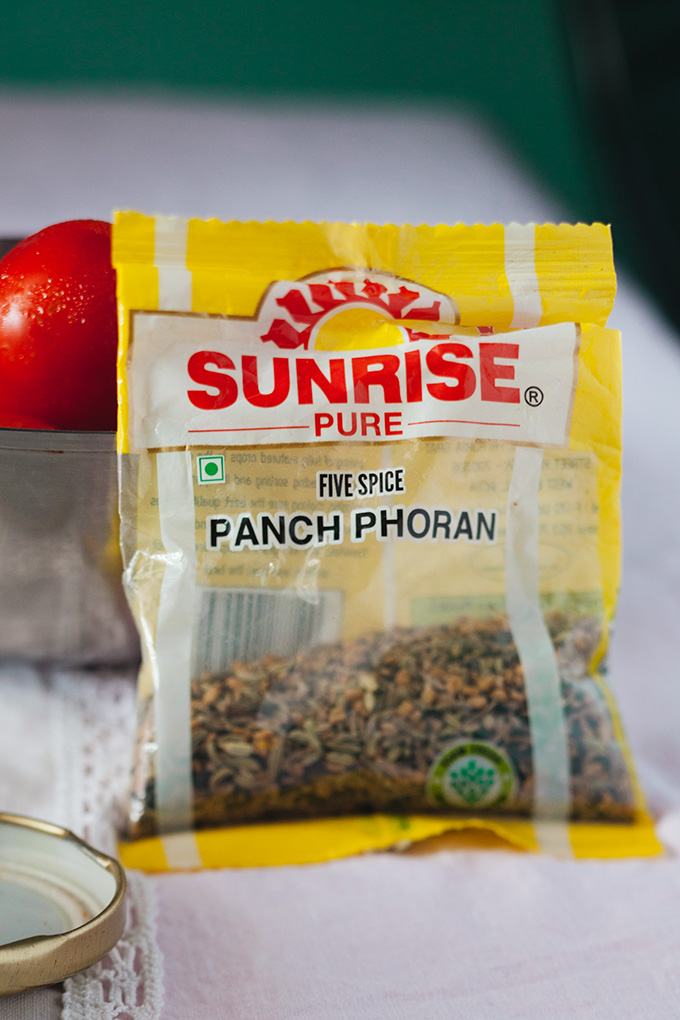 Although the traditions are fading, the clear order of flavours and dishes is an important (and beautiful) concept of Bengali cooking and a strong distinction to other Indian cuisines.
Although the traditions are fading, the clear order of flavours and dishes is an important (and beautiful) concept of Bengali cooking and a strong distinction to other Indian cuisines.
My mother-in-laws favorite part of the meal is always the spicy sweet chutney and the recipe which follows is based upon her tomato chutney recipe. Traditionally it is cooked with dates and a bit loose. I personally prefer to make a tomato jam out of it as it keeps longer and the firmer texture offers more applications. We also eat it in sandwiches, as a dip or with some cheese. It is sweet, has a bit of heat from the chili and is spiced with Panch Phoran, the sensational Bengali five spice mix.
Panch Phoran is a blend of 5 whole spices and depending on which seed you bite on you’ll get a bit of a different flavour. It’s an exciting spice and absolutely worth buying. It should be available in most Asian stores and online. And don’t worry it’s not a one-trick pony and can be used in many dishes, I’ll keep posting recipes with it.
Bengali Tomato Jam
For 3 - 4 glasses.
Ingredients
1,5 kg tomatoes
600 gram sugar
8 gram pectin
1 teaspoon salt
3 teaspoons grated ginger
1 tablespoon chili powder
2 tablespoon Panch Phoran
60 ml apple cider vinegar or lemon juice
Instructions
Wash the tomatoes and cut them roughly. Mix the sugar with the pectin.
Add the tomatoes, salt and sugar to a big pot. Simmer over medium heat for 15 - 20 minutes.
Meanwhile heat a little pan and roast the panch phoran till the spices smell aromatic (use your nose, you will understand when they are ready). Take the spices immediately out of the pan, so they don't burn.
Add the roasted panch phoran, chili, ginger and vinegar to the tomatoes. Taste the jam once and check if the amount of vinegar and chili feels right. Eventually add a bit more. Bring the mixture to a rapid boil and continue boiling for 5 minutes. Fill it into sterilized jars, close and turn upside down while still hot.
Notes
Different pectin brands might work differently, check the label for amounts. Toamtoes are naturally high in pectin and a small amount will do.

